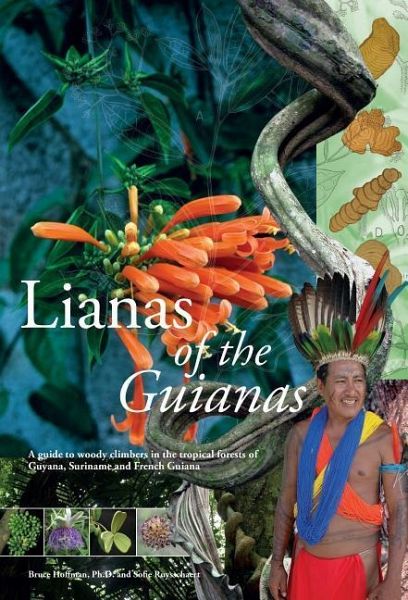
Lianas of the Guianas
Guide to the Woody Climbers in the Tropical Forests of Guyana, Suriname and French Guiana
Versandkostenfrei!
Versandfertig in 2-4 Wochen
107,99 €
inkl. MwSt.

PAYBACK Punkte
54 °P sammeln!
Lianas (woody vines) are iconic symbols of tropical forests around the world. These plants use the energetically expensive investment of trees in woody stems to gain relatively inexpensive access to the light-rich canopy. Lianas contribute significantly to tropical forest diversity (25-40 percent of species), carbon sequestration, biomass, plant-animal interactions, and forest gap dynamics. Although they are often considered pests in commercial forestry, woody climbers are important to many traditional peoples as medicines, subsistence fibers and non-timber forest products. Largely due to thei...
Lianas (woody vines) are iconic symbols of tropical forests around the world. These plants use the energetically expensive investment of trees in woody stems to gain relatively inexpensive access to the light-rich canopy. Lianas contribute significantly to tropical forest diversity (25-40 percent of species), carbon sequestration, biomass, plant-animal interactions, and forest gap dynamics. Although they are often considered pests in commercial forestry, woody climbers are important to many traditional peoples as medicines, subsistence fibers and non-timber forest products. Largely due to their inaccessibility, lianas and other climbers remain among the most poorly documented lifeforms in the tropics. This book aims to facilitate learning and identification of woody climbers of the Guianas (Guyana, French Guiana, and Suriname) for specialists and non-specialists by using an image-rich format, common and scientific names, simplified botanical terminology, and character icon guides, and by describing ecology and uses. The primary focus of the guide for identification is upon family and genus recognition, but identification of common species will be possible in many cases.


